In today's manufacturing landscape, CNC machining and 3D printing stand out as two popular yet distinct technologies for producing high-quality parts. Each method brings unique strengths and applications to the table, making it important to understand when to use each. Here, we’ll dive into the key differences, advantages, and ideal use cases to help you choose the best approach for your project needs.
What is CNC Machining?
CNC (Computer Numerical Control) machining is a traditional manufacturing technique where material is carved out from a solid block, often metal or plastic, to create precise parts. Using computer-controlled tools like drills and lathes, CNC machines can produce parts with remarkable accuracy and smooth finishes.
Best For:
- Durable, high-strength parts in industries like aerospace, automotive, and electronics.
- Projects requiring tight tolerances and precise, reliable results.
Materials: CNC machining works with a wide range of materials, including metals (such as aluminum, titanium, and steel), plastics, and wood.
Pros of CNC Machining:
- High Precision: Achieves exacting accuracy, making it perfect for functional components.
- Durability: Parts made with CNC machines are built to withstand high-stress applications.
- Smooth Surface Finish: Parts typically come off the machine with a polished look, often requiring minimal finishing.
Cons of CNC Machining:
- Material Waste: CNC machining is subtractive, meaning material is cut away, leading to some waste.
- Costly for Prototyping: The setup and tooling costs can make it expensive for one-off or low-volume projects.
What is 3D Printing?
3D printing, also known as additive manufacturing, is a process where parts are built layer by layer from materials like plastic, metal powder, or resin. Because it builds up from nothing, 3D printing enables the creation of complex shapes and internal structures not feasible with traditional machining.
Best For:
- Rapid prototyping and low-volume production.
- Parts with intricate geometries and custom designs, often needed in medical devices, consumer goods, and creative projects.
Materials: 3D printing can handle a variety of materials, including plastics (like PLA and ABS), metals, ceramics, and composites, although options for metals are somewhat limited compared to CNC.
Pros of 3D Printing:
- Design Flexibility: Enables complex and custom shapes, ideal for one-of-a-kind parts.
- Low Waste: Only the needed material is used, making it an eco-friendly choice.
- Fast Prototyping: Perfect for iterating designs quickly before committing to a final part.
Cons of 3D Printing:
- Limited Material Strength: Not as strong or durable as CNC-machined parts, especially in high-stress environments.
- Surface Finish and Accuracy: Parts often require post-processing to achieve a smooth surface and may not reach the same level of precision as CNC machining.
CNC Machining vs. 3D Printing: A Quick Comparison
| Feature | CNC Machining | 3D Printing |
|---|---|---|
| Process Type | Subtractive (removes material) | Additive (builds material layer by layer) |
| Speed | Fast for production runs | Faster for low-volume prototyping |
| Material Compatibility | Metals, plastics, wood | Plastics, metals (limited), composites |
| Surface Finish | Smooth and polished | Often needs post-processing |
| Ideal For | Precision parts, high-stress use | Complex shapes, rapid prototyping |
Which One Should You Choose?
The decision between CNC machining and 3D printing ultimately depends on your project requirements, timeline, and budget. Here’s a quick breakdown to guide you:
- For High Precision and Strength: If you need parts that will handle heavy use, high temperatures, or stress, CNC machining is often the better choice. Industries like aerospace, automotive, and medical often rely on CNC for durable, high-performance parts.
- For Complex, Custom Designs and Prototyping: 3D printing is ideal if you’re creating a custom, intricate part or need a prototype. Its flexibility allows for quick design adjustments and helps you visualize and refine concepts affordably before investing in full-scale production.
- For Environmental and Cost Considerations: 3D printing produces minimal waste and can be a more cost-effective solution for low-volume or custom projects. On the other hand, CNC machining can be more resource-intensive but may be more economical at scale.
Conclusion
Both CNC machining and 3D printing offer unique advantages that can benefit your business, depending on your production needs. CNC machining shines with high precision and durability, making it invaluable for critical applications and robust, functional parts. In contrast, 3D printing provides unparalleled flexibility for creative designs and rapid prototyping, especially useful in fields like healthcare and consumer products.
Understanding these differences can help you select the best manufacturing process, whether you’re building a sturdy machine part or testing a new design prototype. By leveraging the right technology, you can ensure quality, efficiency, and cost-effectiveness in your production process, positioning your business for success.

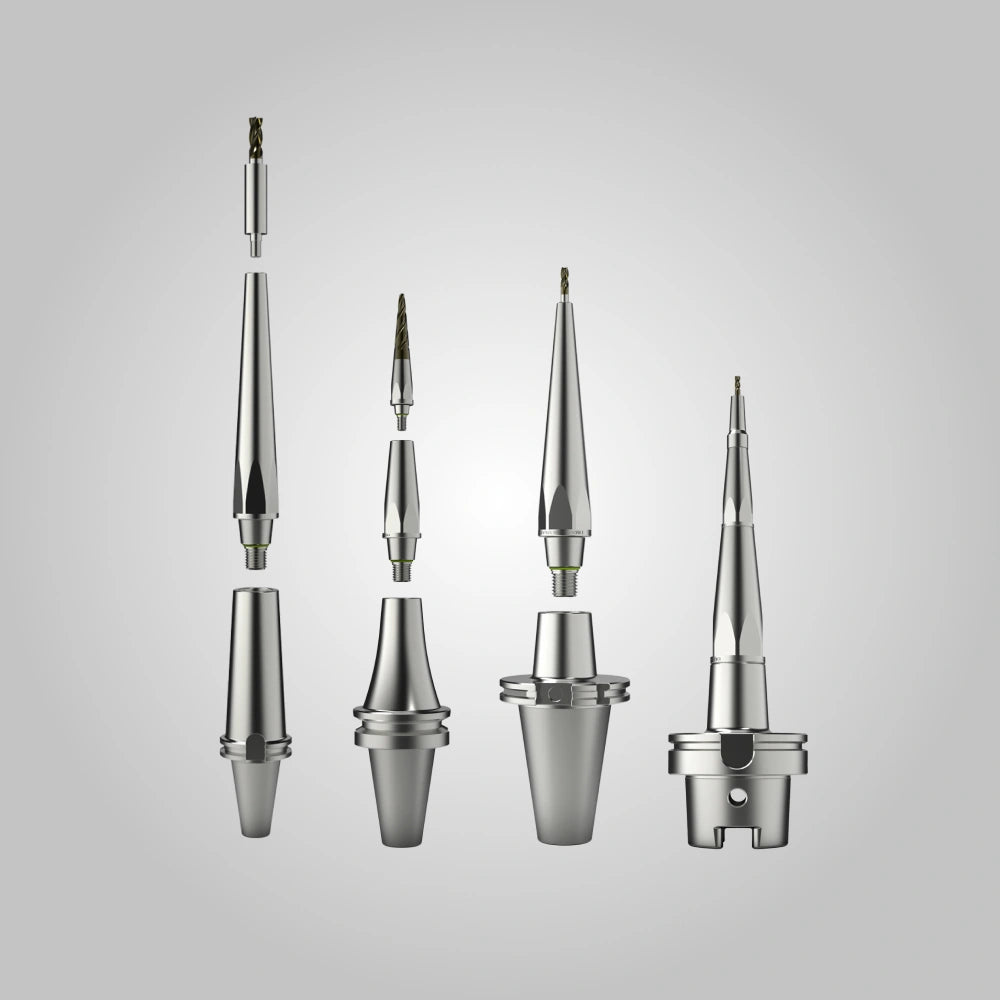
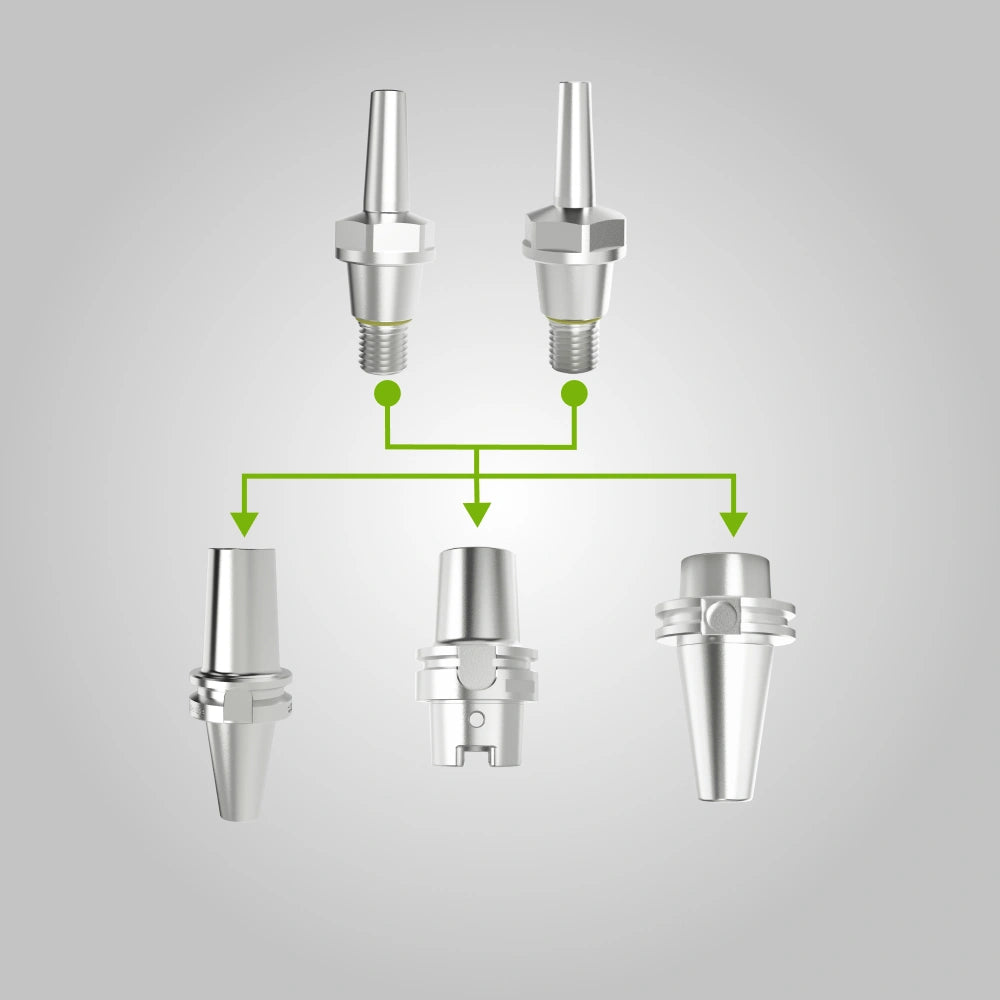
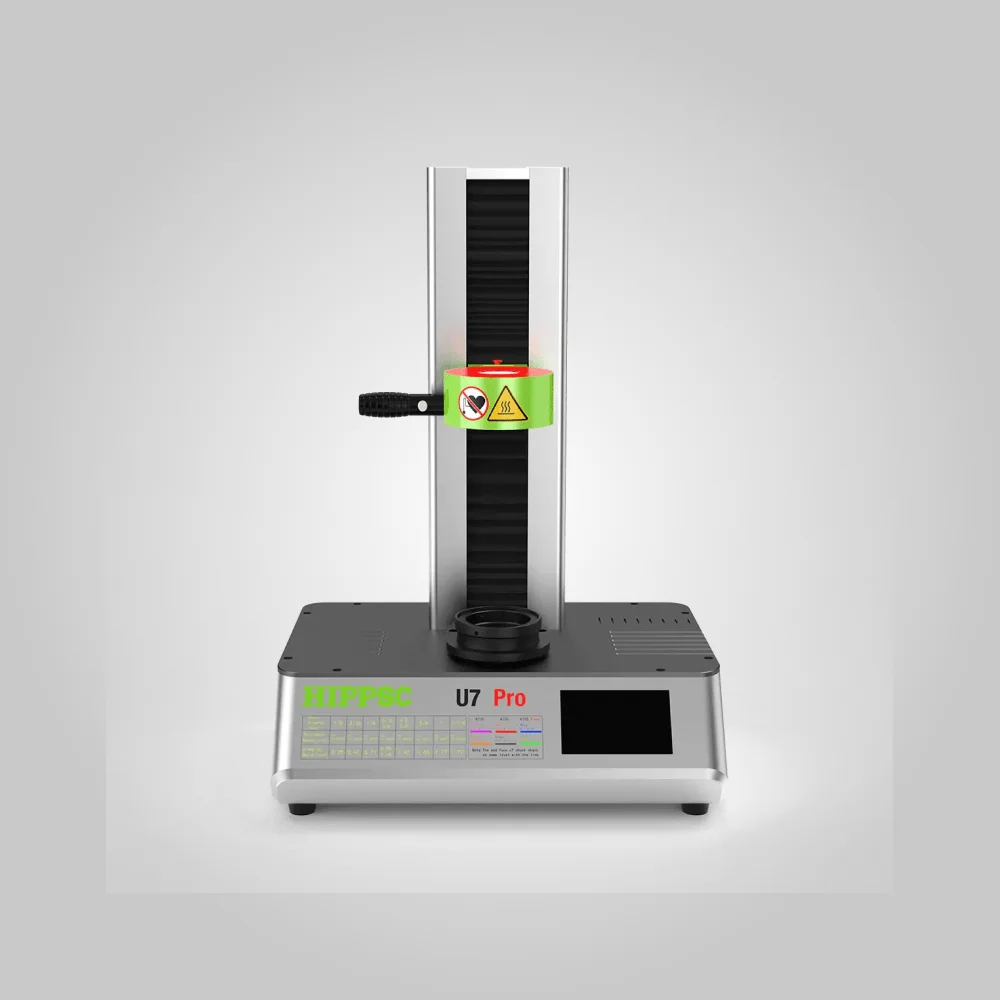
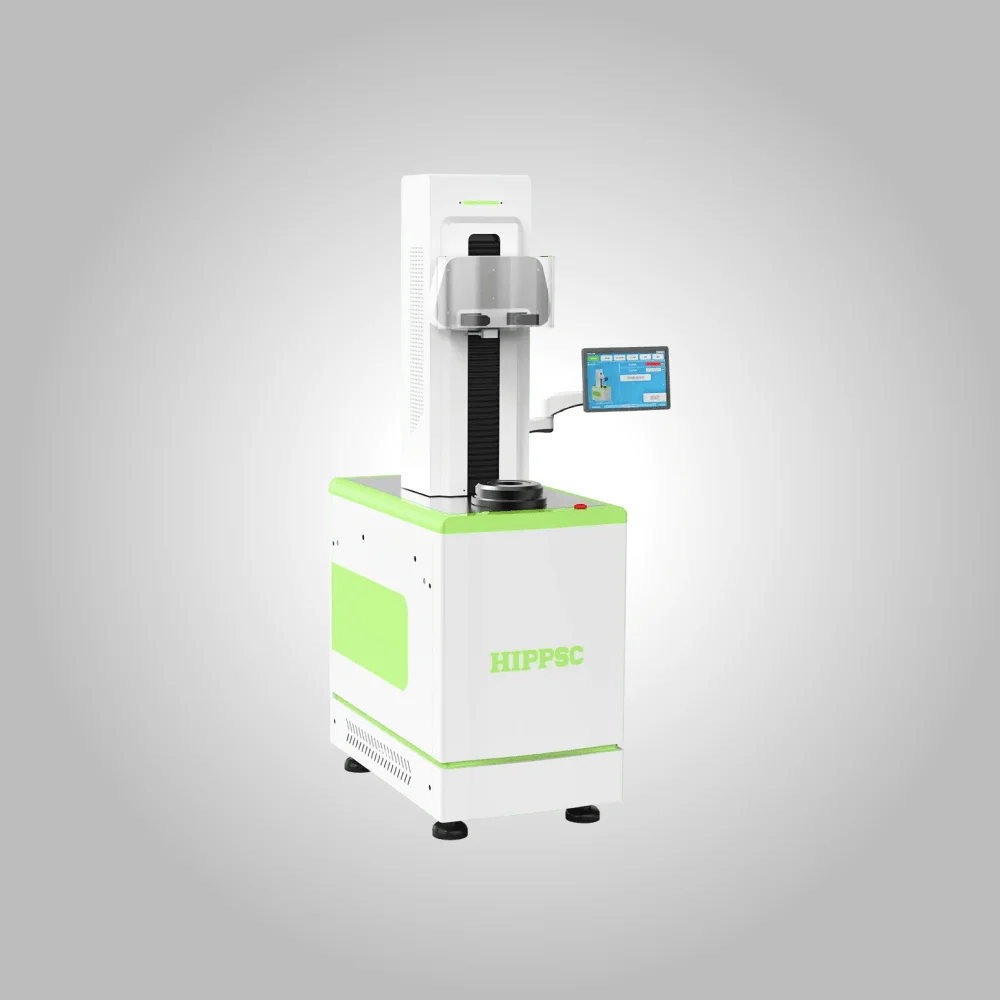
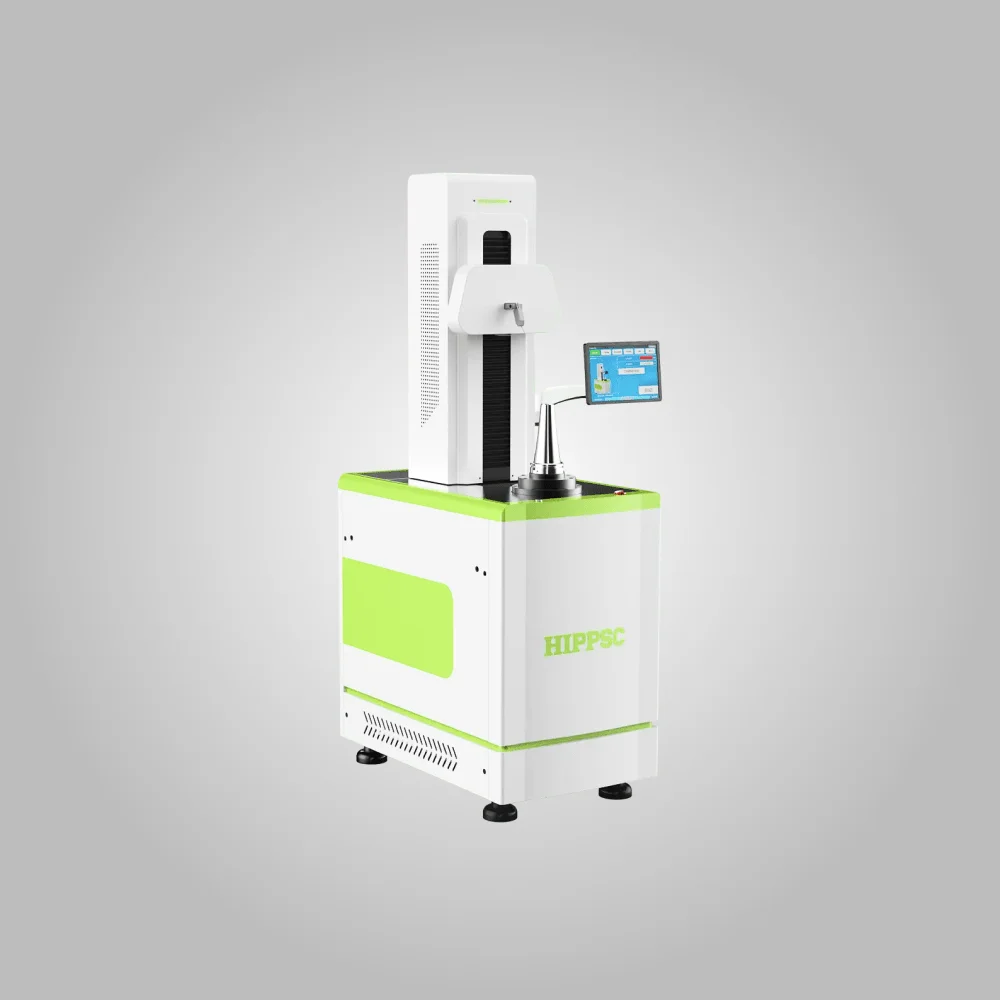
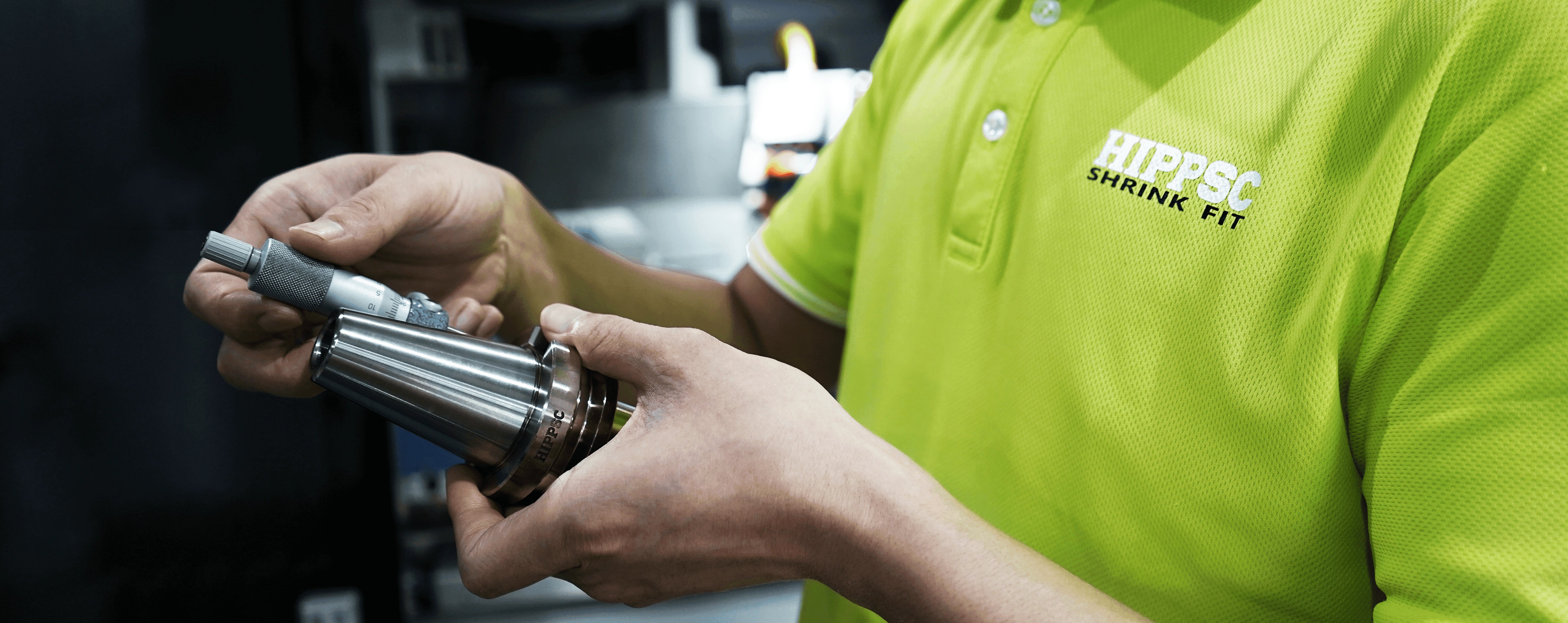
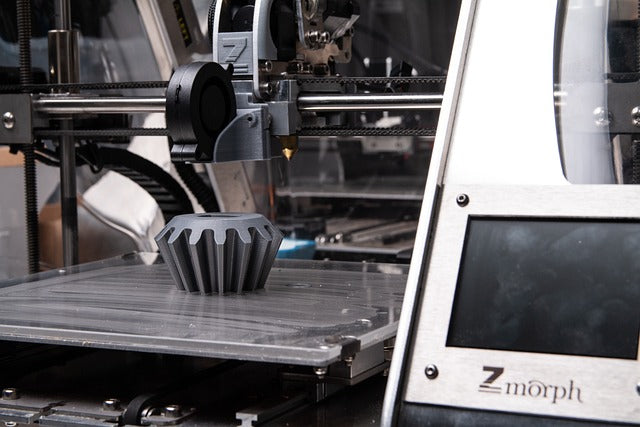
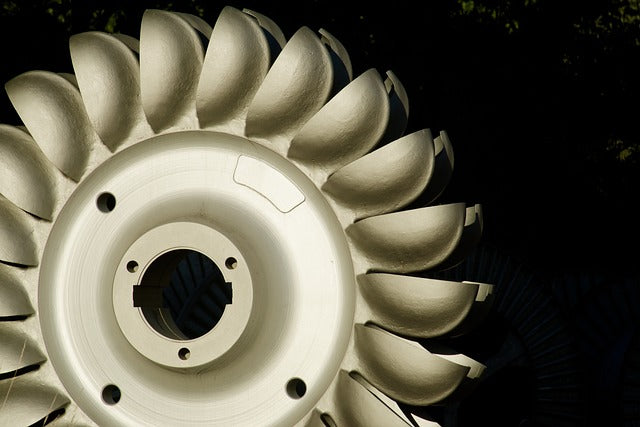
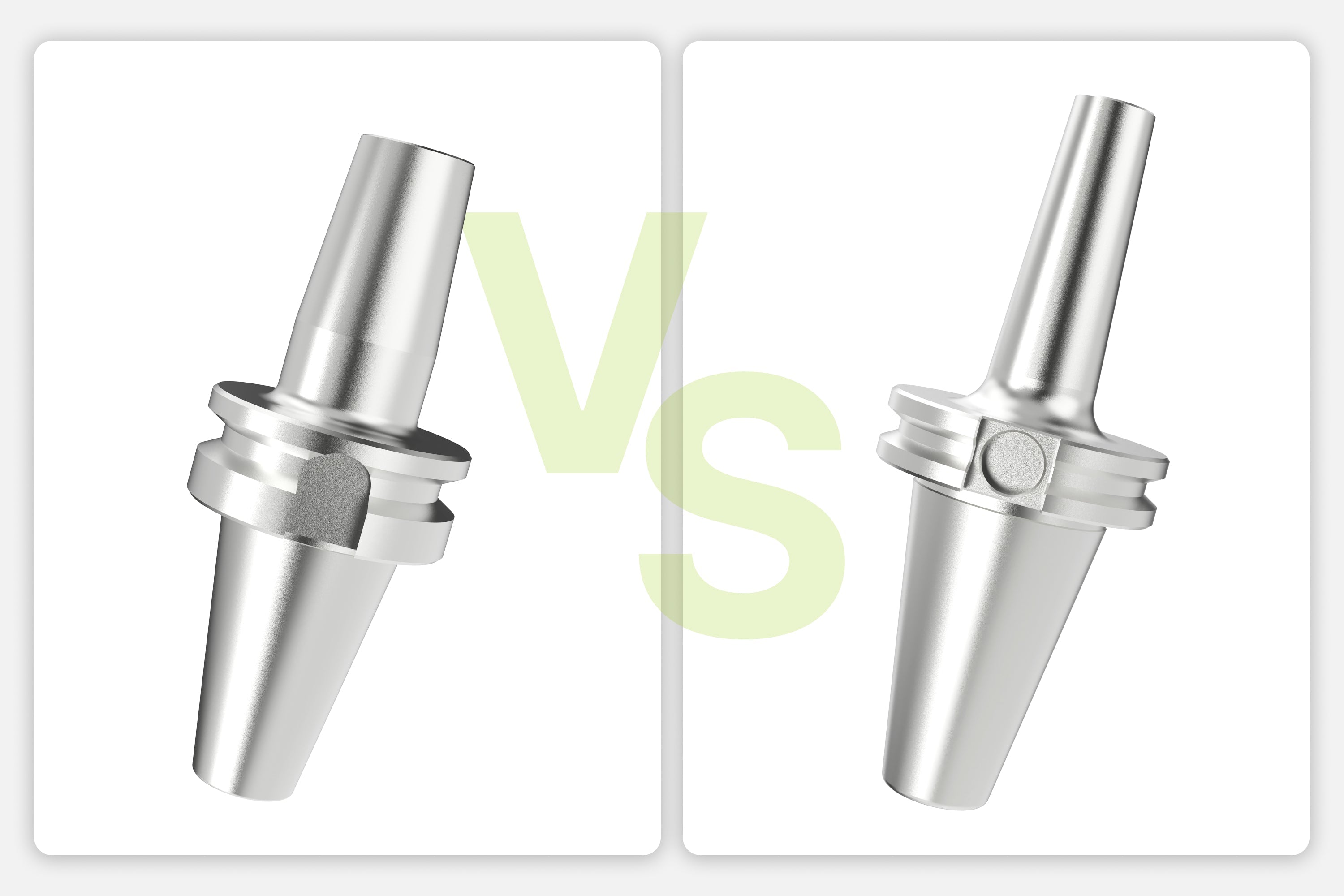
Leave a comment
All comments are moderated before being published.
This site is protected by hCaptcha and the hCaptcha Privacy Policy and Terms of Service apply.